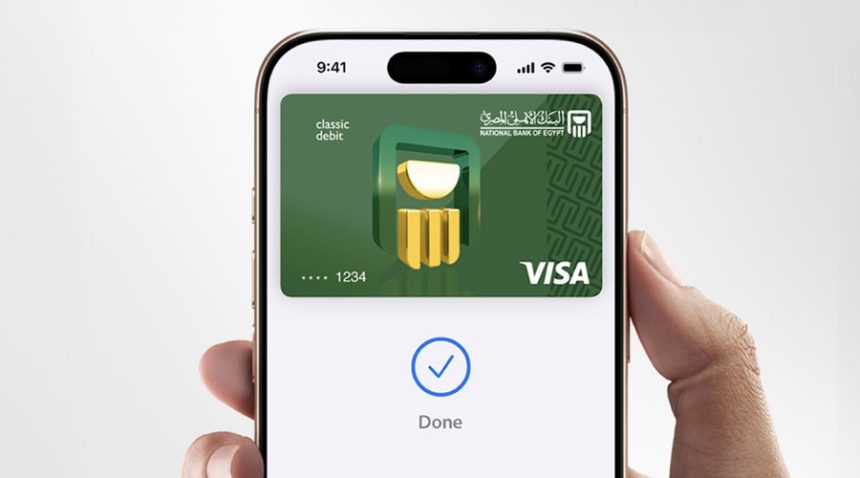With 90% of iPhone users yet to fully embrace it, the potential for growth is massive
Since its launch in 2014, Apple Pay has significantly transformed the landscape of digital payments. As of 2024, it has become the most popular mobile payment platform in the United States and is on track to account for 10% of global card transactions by 2025.
This growth prompts a critical examination of its future trajectory and potential to become the ultimate digital wallet.
Expansion and Adoption
Over the past decade, Apple Pay has expanded to over 75 countries and regions, integrating with more than 11,000 bank and network partners.
This extensive reach has facilitated its adoption across millions of websites, apps, and physical stores worldwide. In the United States, Apple Pay operates at 85% of retailers, reflecting its widespread acceptance.
Despite this impressive growth, there remains significant potential for increased user adoption. As of 2024, more than 90% of iPhone users who could use Apple Pay in stores still do not, indicating a substantial opportunity for expansion within Apple’s existing customer base.
Technological Innovations
Apple continues to innovate, enhancing the functionality and appeal of Apple Pay. In iOS 18, Apple introduced the ability for users to access installment loan options from partners like Affirm in the U.S. and Monzo Flex in the U.K. when checking out with Apple Pay online and in-app.
This feature provides consumers with greater flexibility in managing their finances directly through the Apple Pay interface.
Additionally, Apple has announced plans to allow third-party developers access to its NFC chip, enabling tap-to-pay functionality beyond its own services.
This move could lead to a more diverse and competitive mobile payment ecosystem, potentially increasing the utility and adoption of digital wallets on iOS devices.
Regulatory Developments
Apple’s control over its payment systems has attracted regulatory scrutiny. In response to antitrust investigations, Apple has agreed to open its mobile wallet to rival services for free within the European Economic Area for the next decade.
This settlement aims to foster competition and provide consumers with more mobile wallet options.
In the United States, the Consumer Financial Protection Bureau has issued a rule subjecting major digital payment providers like Apple Pay to regulations similar to those governing banks.
This development underscores the growing recognition of digital wallets as integral components of the financial system and may influence the future operations of services like Apple Pay.
Competitive Landscape
The digital wallet market is becoming increasingly competitive. Apple’s decision to discontinue its own “buy now, pay later” service and partner with Affirm reflects a strategic shift in its approach to financial services.
This partnership allows Apple to offer flexible payment options while leveraging Affirm’s expertise in the sector.
Moreover, Apple’s move to allow third-party developers access to its NFC technology could lead to increased competition within the iOS ecosystem.
This change may result in a more fragmented market, with multiple payment services vying for user adoption on Apple devices.
Future Outlook
Looking ahead, Apple Pay is poised to continue its expansion and innovation. The introduction of features like installment payment options and the opening of NFC access to third-party developers demonstrate Apple’s commitment to enhancing the functionality and accessibility of its digital wallet.
However, challenges remain. Increasing user adoption among existing iPhone owners, navigating regulatory landscapes, and maintaining a competitive edge in a crowded market will be critical factors influencing Apple Pay’s future success.
In conclusion, while Apple Pay has made significant strides toward becoming a comprehensive digital wallet, its evolution will depend on its ability to adapt to technological advancements, regulatory changes, and competitive pressures. The coming years will be pivotal in determining whether Apple Pay can achieve its vision of replacing the physical wallet entirely.






